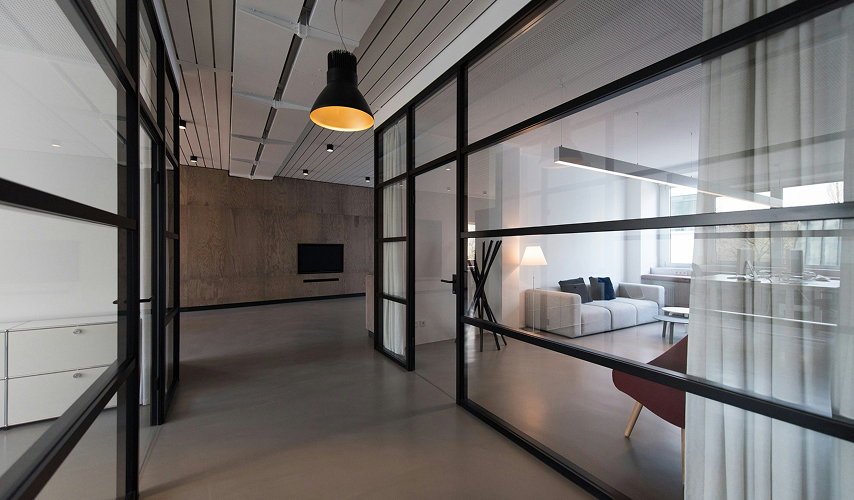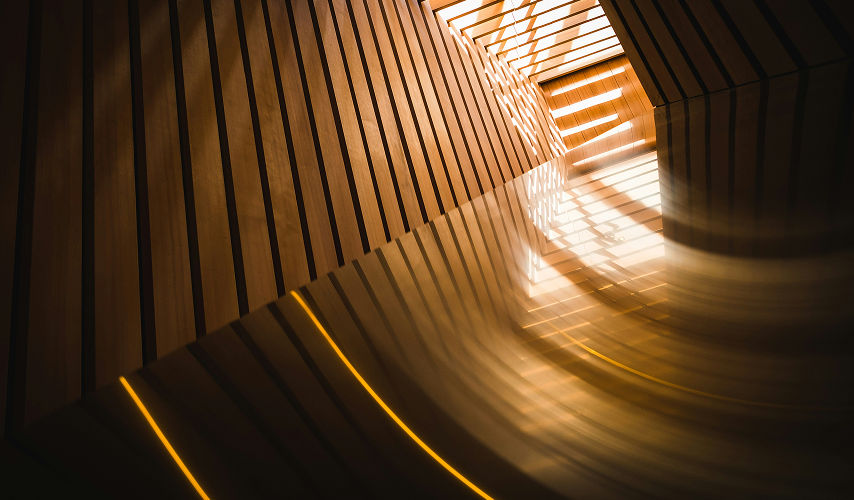Interior Architecture
The Evolution of Interior Architecture
Interior architecture has experienced a dramatic transformation over the past century. From the heavily ornamented salons of the early 20th century to today’s clean and efficient open spaces, the shift has reflected broader changes in lifestyle, technology, and materials. What once was hidden behind walls is now embraced—think exposed beams, concrete surfaces, and open ductwork.
From Decoration to Function
In the past, interiors were primarily a showcase of wealth and taste. However, modern interior architecture emphasizes:
- Clarity in form and layout
- Use of natural light as a design element
- Multi-functional furniture and spatial adaptability
- Integration with structural architecture
Minimalism as a Lifestyle
Minimalism is no longer just a trend—it’s a response to a fast-paced world. With fewer elements competing for attention, spaces feel calmer and more human. This also encourages sustainability by reducing material usage and embracing quality over quantity.
As technology and user needs evolve, interior architecture continues to reflect who we are and how we live. The challenge is finding the perfect balance between aesthetics, comfort, and function—something that every great interior space strives for.

